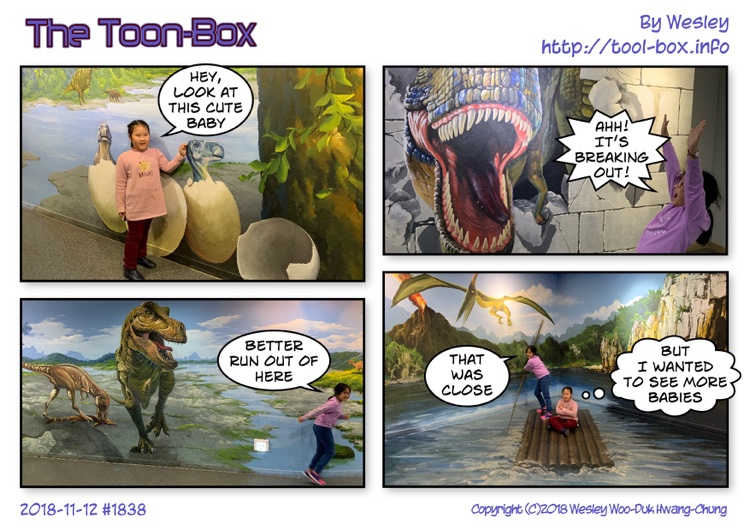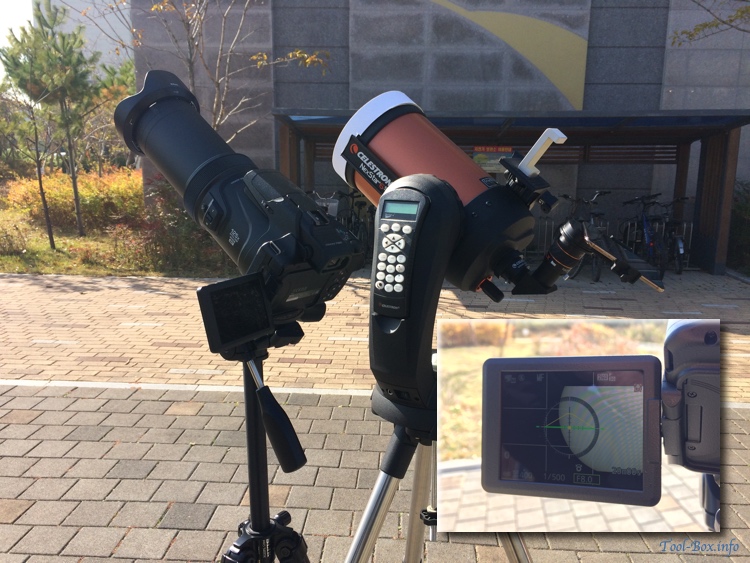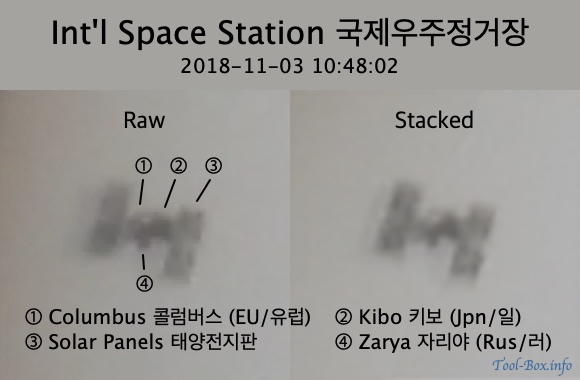Today’s “The Toon-Box”
Posted by Wesley on
Defined tags for this entry: Celine Chung, dinosaur, egg, Goseong, Hayun Chung, museum, Tyrannosaurus




show variables like 'char%';
ALTER DATABASE data_database CHARACTER SET = utf8mb4 COLLATE = utf8mb4_unicode_ci;
ALTER TABLE data_table DEFAULT CHARSET=utf8mb4;
ALTER TABLE data_table MODIFY COLUMN title VARCHAR(255) CHARACTER SET utf8mb4 COLLATE utf8mb4_general_ci;
collation-server = utf8_unicode_ci
character-set-server = utf8
mysqldump -u root -p --default-character-set=latin1 data_database > dump.sql
mysql -u root -p --default-character-set=utf8mb4 data_database < dump.sql
